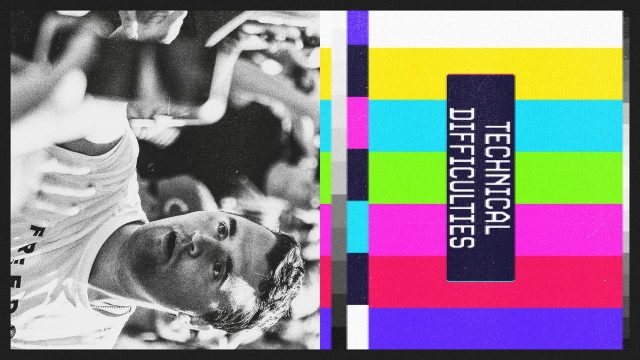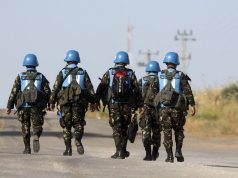
Following the shooting of conservative activist Charlie Kirk on Wednesday, graphic videos of his death began making the rounds. Almost all professional news organizations declined to publicize these videos. But it was a different story on the internet, where footage of Kirk gushing blood after being shot in the neck became easily accessible on social media. This led to questions across the political spectrum about why such videos circulated so quickly and whether social media platforms have an obligation to censor them.
News organizations’ roles have changed
Traditional media outlets were “careful with the explicit imagery — as usual,” said The Associated Press. But in “practical terms, though, it mattered little.” Videos of the shooting from multiple angles were widely disseminated on YouTube, X, Instagram and even on President Donald Trump’s platform, Truth Social. This “illustrated how the ‘gatekeeping’ role of news organizations has changed in the era of social media.”
These organizations have become accustomed to “making editorial decisions around violent events to decide what images and words appear on their platforms for their readers or viewers,” said the AP. But in the “fragmented era of social media, smartphones and instant video uploads, editorial decisions by legacy media are less impactful than ever.”
Journalists “draw lines for a reason. We know how trauma seeps in through a screen. We know that immediacy without context is its own kind of harm,” said the Poynter Institute. Social media, though, “promises unfiltered access but without guarantees of truth and without protection from harm.” It also raises questions of censorship at a “time when more Americans are tuning out credible news for social media.”
If social media brands don’t take action, the “best thing people can do for now is to report the videos they see,” Doug Jacobson, an Iowa State University professor of computer engineering, told KCII-TV Des Moines. But it’s “very difficult to look at every post that is made on these social platforms.”
‘An assumed risk’
While some have pushed for more censorship, seeing “gruesome, horrific imagery has, unfortunately, become an assumed risk when logging onto social media,” said USA Today. The experience has, for some, become increasingly common amid videos of the humanitarian crisis in Gaza in recent years. If you “do choose to bear witness, take care to be sure you’re not growing numb to what you see.”
And even with some instances of social media companies trying to block the footage, it was “inevitable that videos showing the moment Kirk was shot would spread widely,” said The New York Times. YouTube in particular is “removing some graphic content of the shooting and applying age-restricting tools to some videos so they would not be shown to accounts of people under 18.” Instagram, Snapchat and TikTok have all announced similar safeguards. But not everyone thinks that the videos should be removed.
“I am heartbroken that she watched something I have protected myself from,” said Heather Reynolds, a Salt Lake City mother of a 15-year-old daughter, to The Washington Post. But while Reynolds’ “daughter found the video ‘horrible,’ the teen also thought it was ‘important’ to have seen it and felt it shouldn’t be censored.”
Even some politicians pushed for the videos not to be taken down. “Freedom of speech includes content we don’t like or hate,” Lily Tang Williams, a GOP congressional candidate for New Hampshire, said on X. It “hurts to watch the video, but we must defend free speech as the foundation of our republic, no matter how horrible it is.”
Social media ‘promises unfiltered access, but without guarantees of truth and without protection from harm’






